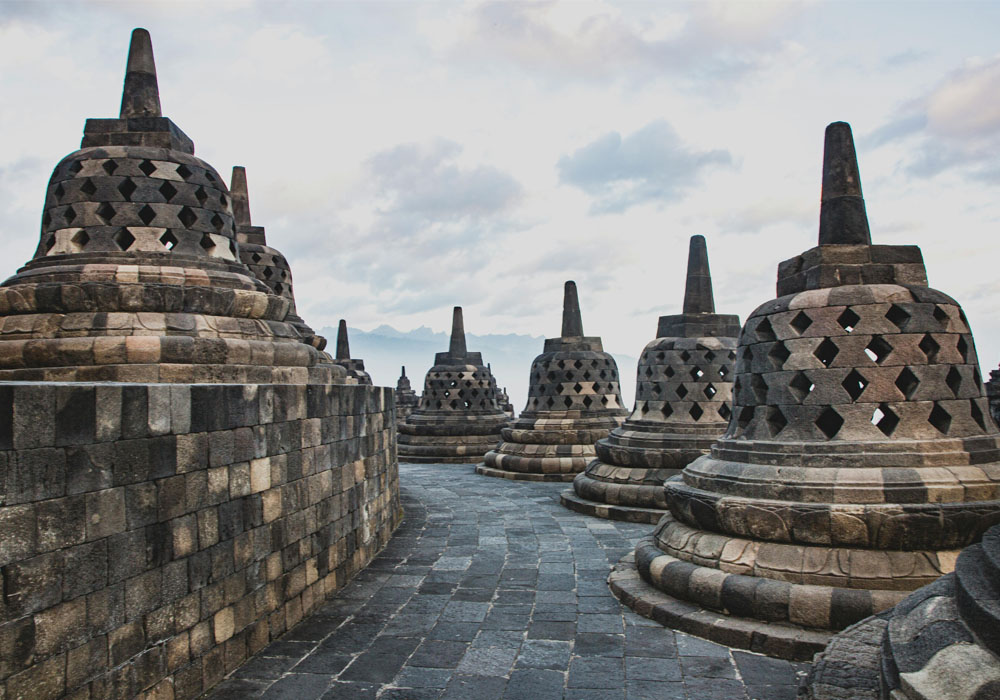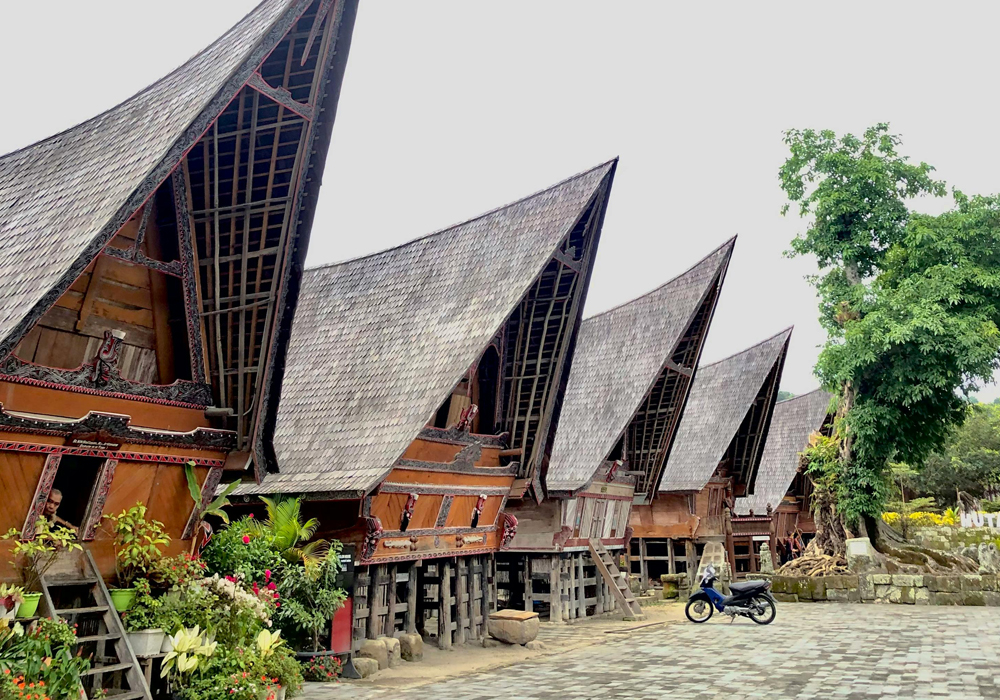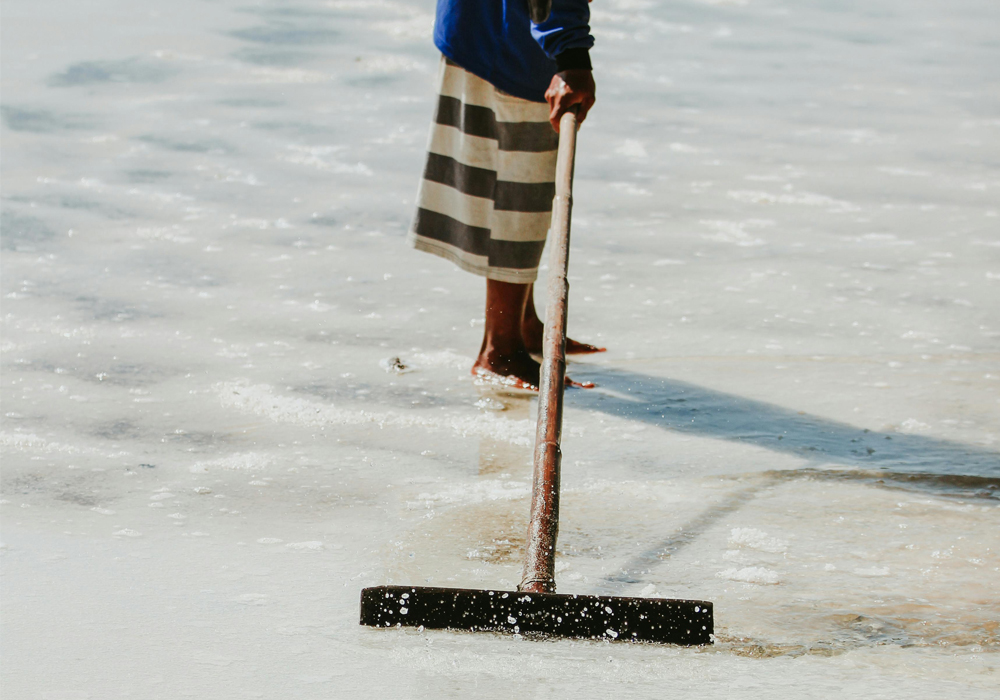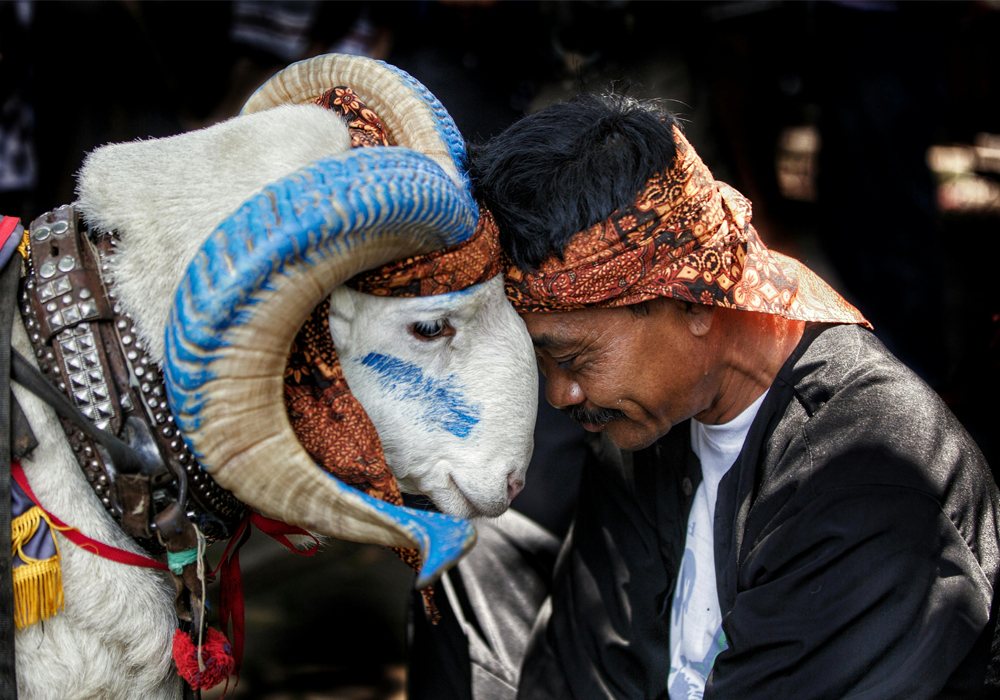Indonesia ethnic – Indonesia, an archipelago nation stretching across the equator, is not merely a collection of islands but a living testament to diversity. Its national motto, “Bhinneka Tunggal Ika” – “Unity in Diversity” – perfectly encapsulates the nation’s profound reality: a staggering number of ethnic groups, each with its unique customs, languages, and traditions, coexisting within a single sovereign state.
The Indonesian government, through its Central Bureau of Statistics, officially recognizes an astonishing 1,331 ethnic groups, making it one of the most ethnically heterogeneous countries on Earth. This rich mosaic of humanity is what makes Indonesia truly captivating, offering a kaleidoscope of cultural experiences that are as diverse as its landscapes.
The Melting Pot of Ages: A Historical Perspective
Indonesia’s remarkable ethnic diversity is a product of millennia of migration, trade, and cultural exchange. Located at the crossroads of ancient maritime trade routes, the islands attracted people from various corners of the world – from ancient Indian and Chinese traders to Arab merchants and European colonizers.
These interactions, alongside the existing indigenous populations, led to a complex process of assimilation, acculturation, and the emergence of distinct new identities. Even within recognized ethnic groups, sub-groups and clans exist, each with subtle variations in their traditions, dialect, and social structures.
This historical layering has created a cultural richness that is unparalleled, with each group contributing a unique thread to the grand tapestry of Indonesian identity.
Javanese: The Heartbeat of Java
The Javanese people constitute the largest ethnic group in Indonesia, making up approximately 40% of the total population, with around 95 million individuals primarily concentrated on the fertile island of Java.
Their culture is deeply refined and sophisticated, characterized by an emphasis on politeness, emotional restraint, and a strong sense of community. Javanese traditional arts are world-renowned, including the intricate movements of wayang kulit (shadow puppet theatre) accompanied by the mesmerizing sounds of gamelan orchestral music.

Batik, a wax-resist dyeing technique used to create exquisite patterns on fabric, is another iconic Javanese art form, recognized by UNESCO as a Masterpiece of Oral and Intangible Heritage of Humanity. Their philosophical outlook often revolves around harmony (rukun) and balance, deeply embedded in their daily lives and social interactions.
Sundanese: The Gentle Souls of West Java
Hailing from West Java, the Sundanese are the second-largest ethnic group, comprising roughly 15.5% of the population, numbering around 36.7 million people.
Known for their gentle demeanor and love for nature, Sundanese culture is often associated with music, particularly the melancholic yet beautiful sounds of the suling (bamboo flute) and angklung (bamboo musical instrument), also a UNESCO-recognized intangible cultural heritage.
Their traditional dances, like the Jaipongan, are vibrant and expressive. Sundanese cuisine is distinct, often featuring fresh vegetables and a balance of sweet, sour, and spicy flavors. Their emphasis on hospitality and humility makes interactions with Sundanese people a warm and welcoming experience.
Batak: The Resilient Highlanders of Sumatra
The Batak people, a collective term for several related ethnic groups primarily from North Sumatra, account for approximately 3.6% of the population, around 8.4 million individuals.
Known for their strong clan system (marga) and powerful singing voices, Batak culture is rich in oral traditions, including epic poems and legends. Their traditional houses, with their distinctive saddle-shaped roofs, are architectural marvels.

Music plays a crucial role in Batak life, with the gondang ensemble featuring prominently in ceremonies and celebrations. Despite their strong internal identity, Batak communities are also highly adaptable, with many having migrated across Indonesia and beyond, yet maintaining strong ties to their ancestral heritage.
Madurese: The Seafaring Traders of East Java
From the island of Madura off the coast of East Java, the Madurese people represent about 3.0% of Indonesia’s population, numbering around 7.1 million.
Traditionally known as skilled seafarers, traders, and cattle breeders, the Madurese have a distinct culture marked by their vibrant karapan sapi (bull racing) festivals, a spectacle of speed and tradition.

Their language and customs, while sharing some similarities with Javanese due to proximity, retain a unique identity. Madurese food is often spicier and more savory than Javanese cuisine, reflecting their robust character.
Their resilience and entrepreneurial spirit have seen Madurese communities establish themselves throughout the archipelago.
Betawi: The Indigenous Heart of Jakarta
The Betawi are the indigenous inhabitants of Jakarta, the bustling capital city, making up approximately 2.9% of the population, around 6.8 million people.
Their culture is a fascinating blend of various influences, reflecting Jakarta’s history as a melting pot of migrants from across Indonesia and the world.
Betawi language, music, and cuisine bear traces of Malay, Sundanese, Javanese, Chinese, Arab, and Dutch elements. Their traditional performing arts include lenong (folk theatre) and tanjidor (a brass ensemble).
Despite the rapid modernization of Jakarta, the Betawi strive to preserve their unique identity and cultural heritage, reminding everyone of the city’s rich origins.
Minangkabau: The Matrilineal Society of West Sumatra
The Minangkabau people, primarily from West Sumatra, are a truly unique ethnic group, comprising about 2.7% of the population, around 6.4 million. What sets them apart is their strong matrilineal social system, where lineage and inheritance are traced through the mother’s side.

This system is a rare and fascinating example of a matriarchal society in a predominantly patriarchal world. Their traditional houses, Rumah Gadang, with their distinctive buffalo-horn shaped roofs, are architectural masterpieces.
The Minangkabau are also known for their entrepreneurial spirit, their merantau (migratory) tradition, and their rich culinary heritage, with rendang (a slow-cooked beef dish) being a globally celebrated example of their cuisine.
Buginese: The Master Mariners of Sulawesi
From South Sulawesi, the Buginese people, approximately 2.7% of the population (around 6.3 million), are renowned as master sailors and traders who historically dominated maritime trade in the Nusantara archipelago.
Their traditional sailing vessels, the Phinisi, are an iconic symbol of their seafaring prowess and are still built and used today. Buginese culture is characterized by a strong emphasis on honor, bravery, and elaborate ceremonies.
Their traditional houses are built on stilts, reflecting their close connection to the sea. The Buginese influence can be found across the maritime Southeast Asian region, a testament to their historical reach and trading networks.
Dayak: The Guardians of Kalimantan’s Forests
Dayak is a collective term for the indigenous ethnic groups of Borneo, particularly in the Indonesian part, Kalimantan. While their exact numbers are difficult to pinpoint due to their diverse sub-groups, they represent a significant portion of Kalimantan’s population.
Historically known for their intricate tattoos, headhunting traditions (now largely abandoned), and deep connection to the rainforest, Dayak cultures are incredibly diverse, with unique languages, spiritual beliefs, and artistic expressions.
Their traditional longhouses, rumah panjang, are communal dwellings that embody their strong community spirit. Efforts are ongoing to preserve Dayak traditional knowledge and their vital role in protecting the vast biodiversity of Borneo’s forests.
Unity in Diversity: A National Endeavor
The existence of over 1,300 ethnic groups presents both a remarkable strength and a continuous challenge for Indonesia. While the national language, Bahasa Indonesia, serves as a powerful unifying force, the government actively promotes inter-ethnic harmony through policies and public education.
Festivals like Eid al-Fitr, Christmas, Chinese New Year, and Nyepi (Balinese New Year) are celebrated nationwide, fostering a sense of shared national identity despite religious and cultural differences.
Indonesia’s commitment to “Unity in Diversity” is not merely a slogan; it is a lived experience, a daily negotiation of myriad traditions, beliefs, and aspirations.
From the vibrant ceremonies of Bali to the ancient traditions of Papua, the diverse ethnic groups of Indonesia contribute to a dynamic and ever-evolving cultural landscape, making the nation a truly fascinating and inspiring example of how difference can coexist and flourish in harmony.
The constant interplay between tradition and modernity, local identity and national unity, makes Indonesia a captivating subject for anyone seeking to understand the richness of human culture.
